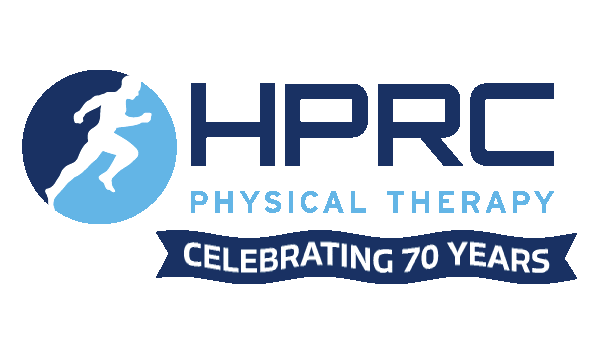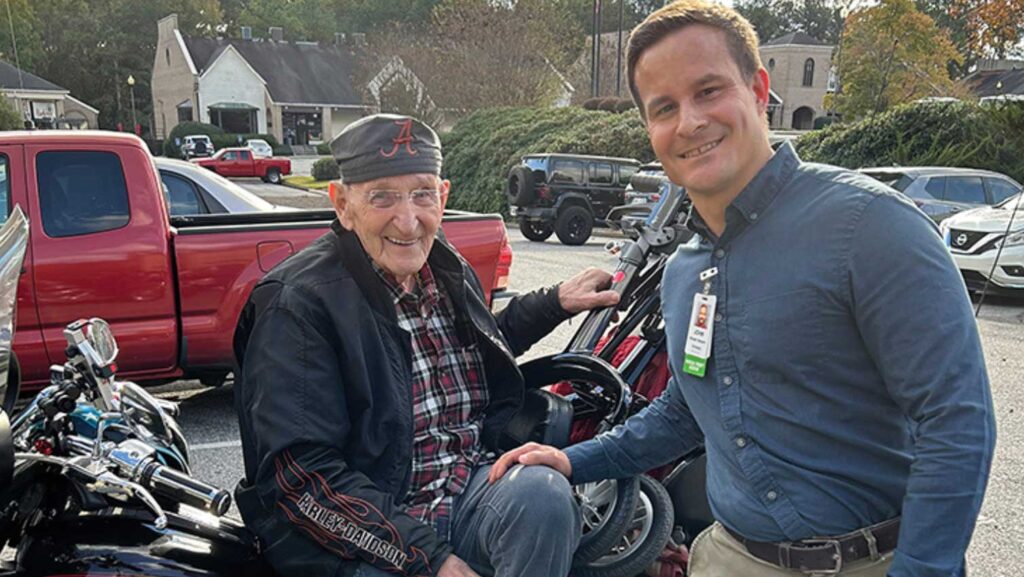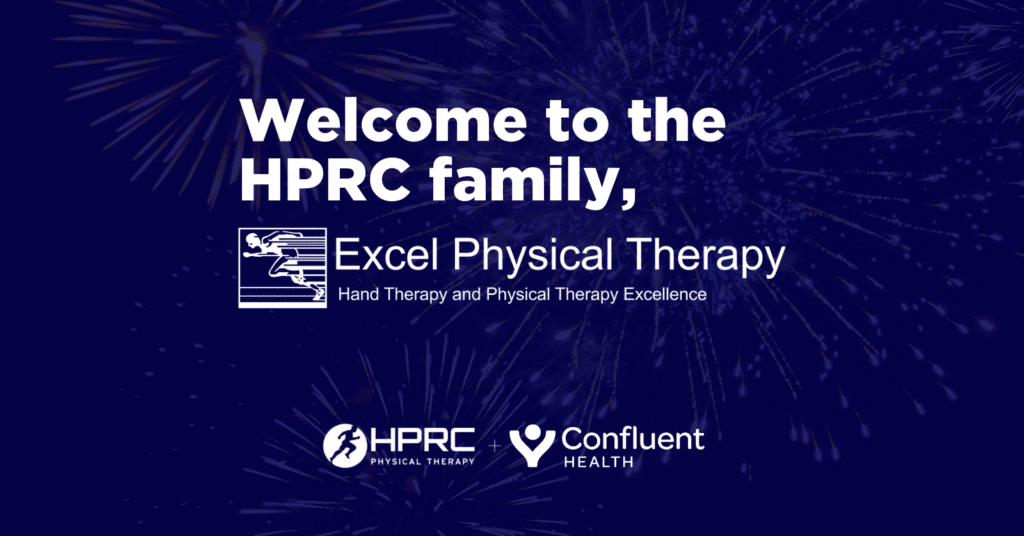Hip arthroscopy, otherwise known as a “hip scope,” is a common, minimally invasive procedure used to address common conditions in the hip, such as a labral repair (a repair of the cartilage that lines the hip socket), to help reduce hip pain, improve stability and restore movement. This type of procedure is used to treat younger athletes who have suffered hip injuries as well as older patients who are experiencing normal degeneration.
Protocols may vary by physician, but usually a patient should avoid bearing weight on the hip scoped immediately after surgery. The patient can also expect to use crutches for the first week or two. Physical therapy generally starts within a few days after surgery. Depending on the patient and protocol, it takes about six weeks of physical therapy, once or twice a week, before the initial range of motion is restored and a patient can safely embark on more rigorous therapy. It may take another six weeks of targeted exercises to restore full range of motion and athletic function.
What to expect from physical therapy
The goal of physical therapy is to restore the patient’s functionality, whether they’re a younger athlete or an older adult. A physical therapist will start with isometric therapy, in which the patient squeezes and holds the quads and glutes to encourage these muscles to “fire” and regain strength. Manual therapy is also an important part of this first phase. The therapist will carefully move the hip joint to encourage soft tissue and joint mobilization.
Restoring hip mobility
As the patient is able to bear more weight, the therapist guides them through exercises in both standing and sitting positions. The therapist will use a variety of exercises to help rotate and stretch the hip to restore hip flexion.
Regaining stability and strength
After about four weeks, the therapist helps the patient regain function hip strength and stability. Exercises are usually focused on specific hip muscles such as glutes and hip rotators to improve stability of the hip during functional activities. Exercises tend to start with standing on both legs and will progress to single leg activities. Progressive activities tend to challenge the stability of the leg as a whole, including both hip and ankle stability. Depending on the patient’s goals, exercises are tailored to aim for a full return to specific activities.
In addition to regular therapy with a clinician, patients should follow an at-home therapy plan. At home exercises extend the work accomplished in the clinic and a good way to speed along positive results.
Brittany West, DPT is a licensed physical therapist with HPRC’s St. Francis Rehab River Road location. Brittany earned her DPT degree from the Medical College of Georgia and is a member of the American Physical Therapy Association. Her practice areas include orthopedics and sports injuries.



